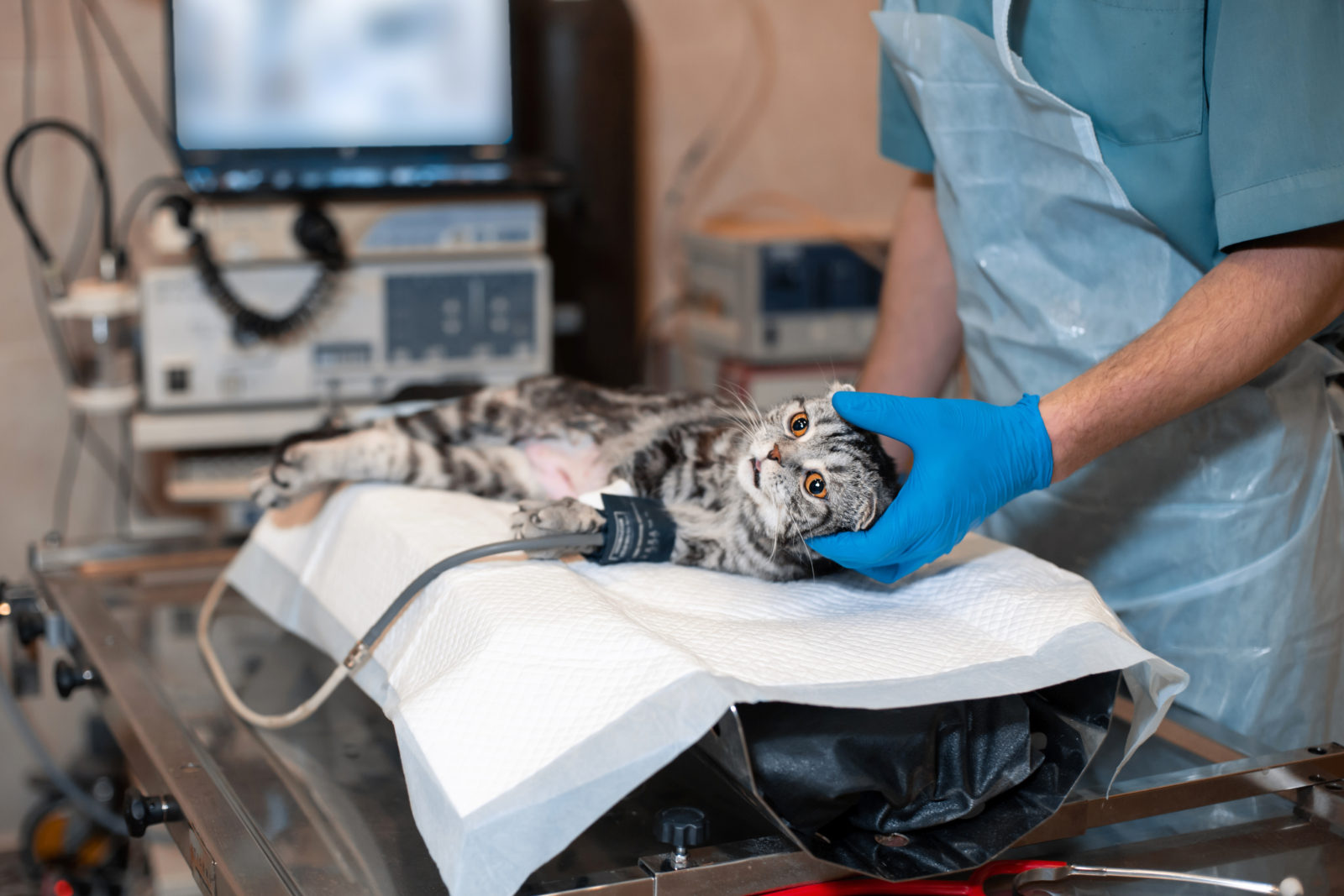As an emergency and critical care specialist, I can wholeheartedly attest to providing futile care to patients whose owners who would not consent to euthanasia or discontinuation of intensive care. I remember one dog in particular who had a collapsing trachea that was stented and then had progression of his disease resulting in laryngeal and mainstem bronchial collapse. Tracheotomy was performed and did not allow the dog to breathe comfortably on his own, which meant that he was dependent upon positive pressure ventilation in the ICU to keep his airways open.
Continuing mechanical ventilation for this dog was considered futile given that the dog would not be able to survive on his own without it. While it took some time for the owners to eventually come to that realization and consent to euthanasia, the impact on the team in the interim was profound.
Every member of the team involved in this dog’s care including the animal care attendants, nurses, client care representatives, and specialist team felt a sense of moral conflict and distress amidst the ongoing intensive care. They asked questions like “what’s the point of this?”, “aren’t we prolonging the inevitable?”, “what if another animal that we can help needs the ventilator?”, and “why can’t the owner’s see this is futile?”.

Approximately 5 years ago an online survey sent to US and Canadian veterinarians asked questions about futile care and its impact on wellbeing. Results published in the Journal of Veterinary Internal Medicine showed that less than 22% of 889 respondents had rarely or never managed cases where they felt that a pet owner was requesting treatments when those efforts were considered to be futile. Almost all reported feeling conflicted or upset because a pet owner refused to do what was thought to be in the best interest of the patient.
The impact of these morally stressful situations is clear: when veterinary team members feel that they are doing something that conflicts with their ethical reasoning (e.g., offering or performing treatments that are not going to benefit the patient in some way) they experience psychological distress. Studies demonstrate that psychological distress is rising among veterinary teams and we must ensure that we identify and manage these situations in order to ameliorate the stress that is associated.

More recently, a survey of 477 veterinarians in small animal general and specialty veterinary practice was published in the Journal of the American Veterinary Medical Association. It revealed that 99% of respondents had encountered futile care within their careers and 85% had encountered it within the past year. More than half (61%) of the encounters occurred in both inpatient and outpatient settings.
These results are startlingly high and demonstrate that we have yet to come to an understanding about what futile care actually is in veterinary medicine.
A definition of medical futility proposed more than 30 years ago in the Annals of Internal Medicine is “any effort to achieve a result that is possible but that reasoning or experience suggests is highly improbable and that cannot be systematically produced”. In other words, if experiences shared with colleagues or in research demonstrate that the medical treatment has been useless in the last 100 cases, the treatment should be regarded as futile. Additionally, “any treatment that preserves permanent unconsciousness or fails to end total dependence on intensive medical care” should be regarded as futile.

In reading these definitions, it should be noted that futile care is different from care that is simply not going to change a patient’s outcome. Very often in veterinary medicine we conflate discharging a patient with terminal illness rather than performing euthanasia as engaging in futile care. However, offering a non-distressed animal with cancer or other terminal illness analgesia, anti-nausea medication, and sedation, is an appropriate way to practice end-of-life care. Yes, the patient is still going to die and no, these treatments are not going to change that, but in the context of palliation, these treatments are useful in offering comfort and quality at the end-of-life.
Indeed this topic is a complex one that requires self-awareness, self-reflection, and a willingness to let go of the need for all cases to go as we would want them to. The next time you find yourself in a situation that you believe is futile, ask yourself these questions:
- Has medical treatment not been useful in the last 100 cases I’ve seen or read about?
- Is this medical treatment likely to result in total dependence on intensive medical care?

If the answer to these questions is yes, then the situation should be considered futile and the reasoning for not offering the treatment to the owner explained. However, if the answer to these questions is no, then the situation is not considered futile and perhaps the owner could be assisted with achieving their goals for their pet (e.g., dying at home or spending more time with family). Alternatively, referral to another veterinary care provider such as a specialist or hospice and palliative care veterinarian might allow the owner’s wishes to be met without you and your team experiencing distress.
It is becoming clearer that in veterinary medicine, we would benefit from learning more about hospice care and embracing opportunities to provide palliative support to our patients whose families are not ready to say goodbye. While we might not make the same decision for our own pets in these situations, they should not be regarded as futile. And while they still might lead to a sense of moral distress, recognizing and naming those feelings, and speaking to a colleague or counsellor about them, is an important step in reducing distress and fostering wellbeing.
